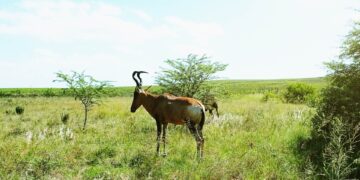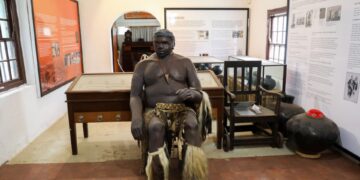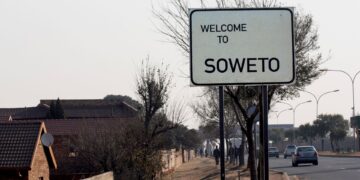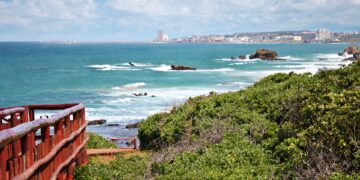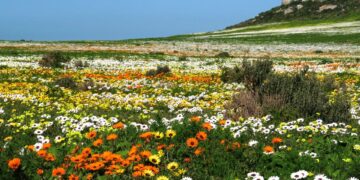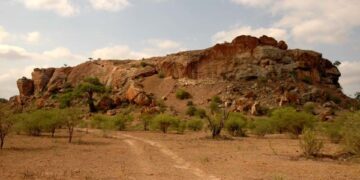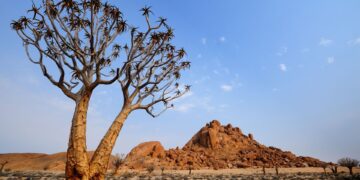Just 40 minutes by road from the comparatively bustling port of Cape Town, the leafy suburb of Paarl spreads out at the foot of the second-largest granite outcrop in the world.
The wide avenues are dominated by giant oaks planted centuries ago by then governor of the Cape of Good Hope, Simon Van Der Stel, in order to bring relief in the form of shade on the frequent hot summer days. The Paarl Valley has long since attracted distinguished guests, from as far back as 1836, when the richness in fauna and flora attracted the attention of Charles Darwin.
Paarl, like Cape Town, is dominated by a mountain, or rather, a giant granite outcrop made up of three rounded domes. Named Peerleberg or Pearl Mountain by Abraham Gabemma – who stumbled upon it in 1657 en route to find meat for the Cape of Good Hope settlement – it now forms the bedrock for the famous Taal monument. This triumphant concrete structure celebrates the birth of Afrikaans in abstract grandiosity.
While most towns and cities of the Western Cape are diligent in maintaining their heritage buildings, Paarl is certainly the best place to go should you want to admire its 11km-long main street lined with beautifully restored Cape Dutch, Georgian and Victorian buildings. Paarl is not just old buildings though – its history lives on in the large variety of grapes grown here, including Cabernet Sauvignon, Pinotage, Shiraz, Chardonnay and Chenin Blanc – each of which have their own unique origin stories and a wine estate owner willing to tell it.
What to do in Paarl
From its magnificent architecture and history-soaked museums to its red wine route and stunning landscapes, Paarl has the ability to charm just about anyone.
Read more
Where to stay in Paarl
Where to eat in Paarl





